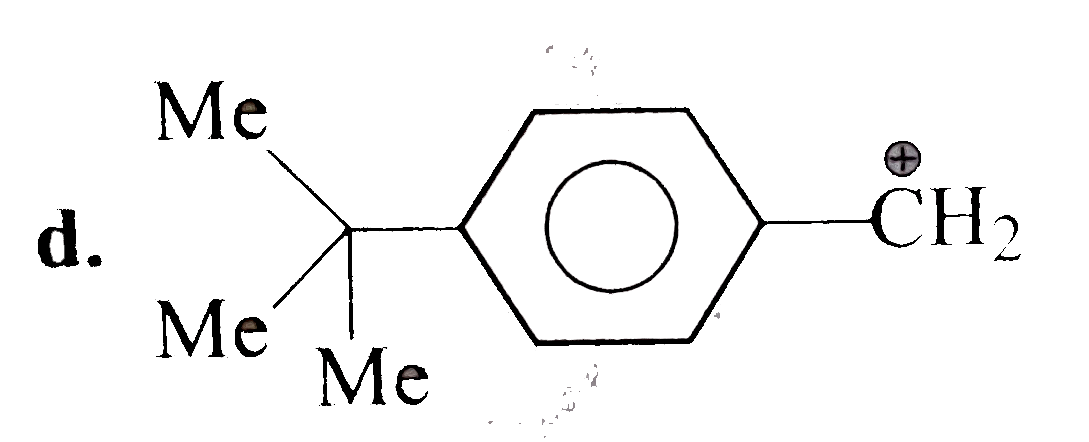The most stable carbanion is
CH3−−CH2
CH2=−CH
CH≡−C
(CH3)2−CH
To determine the most stable carbanion, we need to analyze the stability of various carbanions based on their structure and hybridization. Let's go through the steps systematically.
Step 1: Identify the Carbanions
We will consider several carbanions for comparison:
1. Methyl carbanion (CH3−)
2. Methanide ion (CH2−)
3. Vinyl carbanion (CH=CH−)
4. Allylic carbanion (C=C−CH3)
5. Tertiary carbanion (C(CH3)3−)
Step 2: Analyze Hybridization
Each carbanion can be analyzed based on its hybridization:
- Methyl carbanion (CH3−): sp³ hybridized
- Methanide ion (CH2−): sp² hybridized
- Vinyl carbanion (CH=CH−): sp hybridized
- Allylic carbanion (C=C−CH3): sp² hybridized
- Tertiary carbanion (C(CH3)3−): sp³ hybridized
Step 3: Stability Factors
The stability of carbanions is influenced by several factors:
1. Hybridization: More s-character means greater stability for carbanions. sp has 50% s-character, sp² has 33%, and sp³ has 25%. Thus, sp hybridized carbanions are less stable than sp² and sp³.
2. Inductive Effect: Electron-donating groups (like alkyl groups) stabilize carbanions through +I effect, while electron-withdrawing groups destabilize them.
3. Resonance: Carbanions that can delocalize their negative charge through resonance are more stable.
Step 4: Compare Stability
- Methyl carbanion (CH3−): Least stable due to lack of inductive stabilization.
- Methanide ion (CH2−): More stable than methyl due to sp² hybridization.
- Vinyl carbanion (CH=CH−): Least stable due to sp hybridization.
- Allylic carbanion (C=C−CH3): More stable due to resonance stabilization.
- Tertiary carbanion (C(CH3)3−): Most stable due to sp³ hybridization and strong +I effect from three methyl groups.
Conclusion
The most stable carbanion among the options is the tertiary carbanion (C(CH3)3−) due to its sp³ hybridization and the strong +I effect from the three methyl groups.
---
We will consider several carbanions for comparison:
1. Methyl carbanion (CH3−)
2. Methanide ion (CH2−)
3. Vinyl carbanion (CH=CH−)
4. Allylic carbanion (C=C−CH3)
5. Tertiary carbanion (C(CH3)3−)
Each carbanion can be analyzed based on its hybridization:
- Methyl carbanion (CH3−): sp³ hybridized
- Methanide ion (CH2−): sp² hybridized
- Vinyl carbanion (CH=CH−): sp hybridized
- Allylic carbanion (C=C−CH3): sp² hybridized
- Tertiary carbanion (C(CH3)3−): sp³ hybridized
The stability of carbanions is influenced by several factors:
1. Hybridization: More s-character means greater stability for carbanions. sp has 50% s-character, sp² has 33%, and sp³ has 25%. Thus, sp hybridized carbanions are less stable than sp² and sp³.
2. Inductive Effect: Electron-donating groups (like alkyl groups) stabilize carbanions through +I effect, while electron-withdrawing groups destabilize them.
3. Resonance: Carbanions that can delocalize their negative charge through resonance are more stable.
- Methyl carbanion (CH3−): Least stable due to lack of inductive stabilization.
- Methanide ion (CH2−): More stable than methyl due to sp² hybridization.
- Vinyl carbanion (CH=CH−): Least stable due to sp hybridization.
- Allylic carbanion (C=C−CH3): More stable due to resonance stabilization.
- Tertiary carbanion (C(CH3)3−): Most stable due to sp³ hybridization and strong +I effect from three methyl groups.
The most stable carbanion among the options is the tertiary carbanion (C(CH3)3−) due to its sp³ hybridization and the strong +I effect from the three methyl groups.
Topper's Solved these Questions
- ORGANIC CHEMISTRY : SOME BASIC PRINCIPLES AND TECHNIQUES BOOK - AAKASH INSTITUTECHAPTER - ORGANIC CHEMISTRY : SOME BASIC PRINCIPLES AND TECHNIQUES EXERCISE - Assignment(SECTION B)
3 Videos
- ORGANIC CHEMISTRY : SOME BASIC PRINCIPLES AND TECHNIQUES BOOK - AAKASH INSTITUTECHAPTER - ORGANIC CHEMISTRY : SOME BASIC PRINCIPLES AND TECHNIQUES EXERCISE - Assignment(SECTION C)
37 Videos
- ORGANIC CHEMISTRY : SOME BASIC PRINCIPLES AND TECHNIQUES BOOK - AAKASH INSTITUTECHAPTER - ORGANIC CHEMISTRY : SOME BASIC PRINCIPLES AND TECHNIQUES EXERCISE - Exercise
64 Videos
- MOCK_TEST_20BOOK - AAKASH INSTITUTECHAPTER - MOCK_TEST_20EXERCISE - EXAMPLE
28 Videos
- ORGANIC CHEMISTRY: SOME BASIC PRINCIPLE AND TECHNIQUESBOOK - AAKASH INSTITUTECHAPTER - ORGANIC CHEMISTRY: SOME BASIC PRINCIPLE AND TECHNIQUESEXERCISE - TRY YOURSELF
28 Videos
Similar Questions
Knowledge Check
The most stable carbanion among the following is
A B
B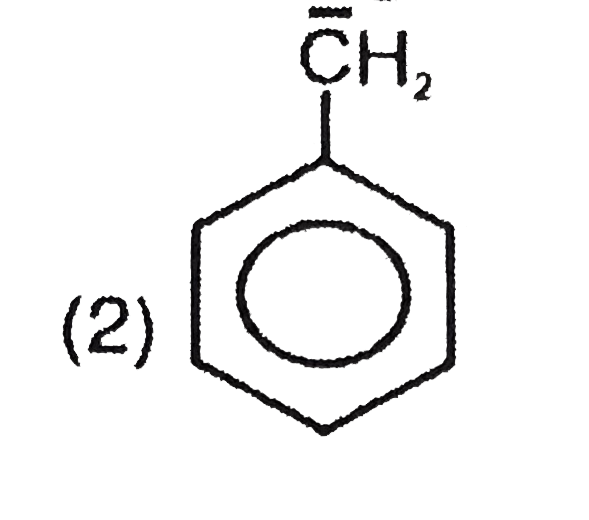 C
C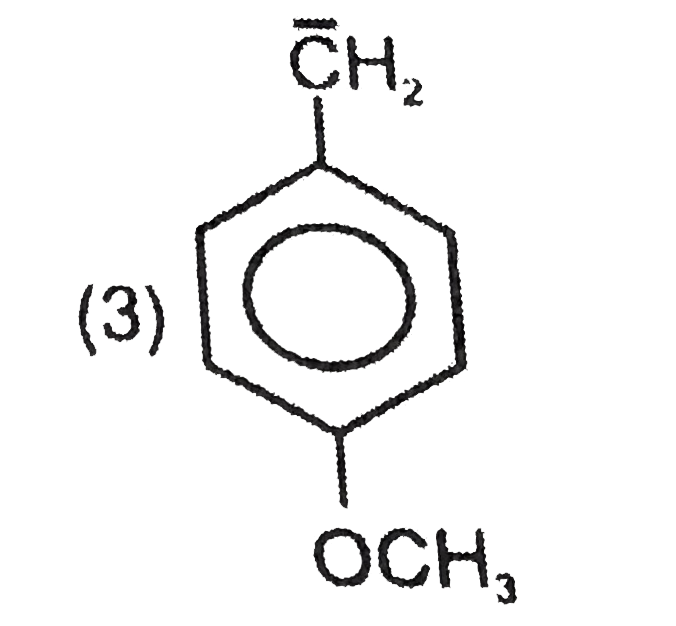 D
D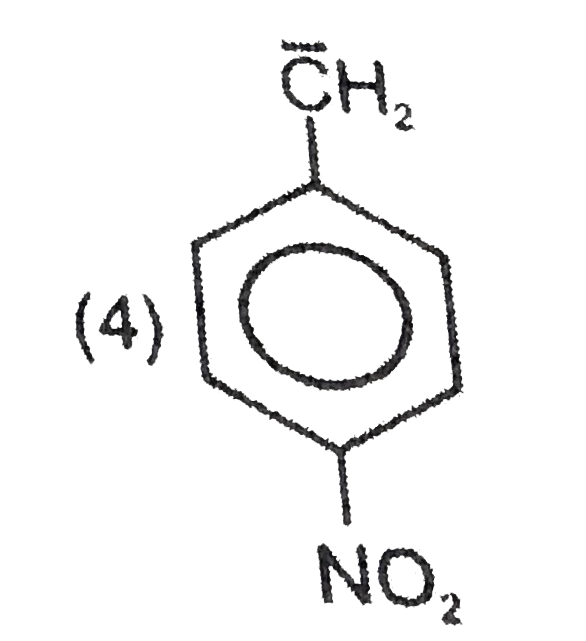
Which of the following is the most stable carbanion?
A(CH3)3C:−BCH3:−CCH3CH2:−D(CH3)2CH:−An organic reaction occurs by using reagents called electrophiles and nucleophiles via the formation of some reactive intermediates called carbocations, carbanions, free radicals, carbenes, nitrenes, radical cations, and radical anions.
The most stable carbocation is :APh⊕CH2B C
C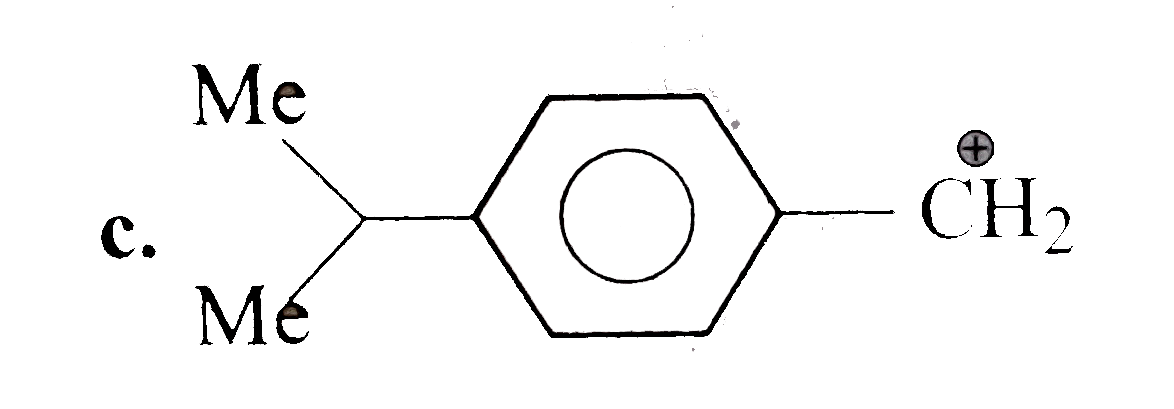 D
D